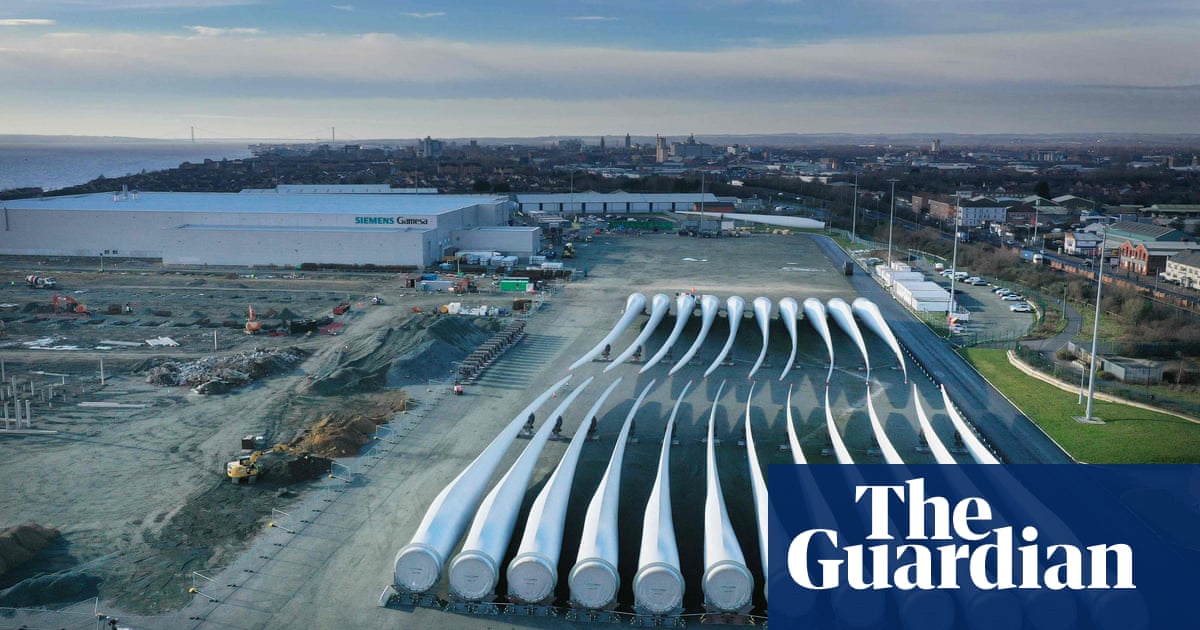
The German government is in talks to provide a multibillion-euro bailout to the engineering company Siemens Energy to shore up its balance sheet amid increasing problems at its wind turbine division.
Shares in the company, one of the world’s biggest makers of wind turbines, plunged by almost 40% to all-time lows on the German stock exchange, wiping €3bn from its market value, after reports emerged that it was in talks to secure government guarantees as part of a €15bn rescue package.
A bailout could result in the German state taking responsibility for 80% of an initial €10bn funding tranche, while banks would be liable for the remaining 20%, according to reports in the German press.
The engineering group’s parent company, the industrial firm Siemens, has reportedly been asked to guarantee a second tranche of the remaining €5bn.
The talks were confirmed by a German government spokesperson who described them as “close and trustworthy”.
Shares in Siemens Energy have fallen by almost 70% since June when it revealed there were escalating challenges in its wind turbine arm, Siemens Gamesa, caused by a string of technical problems as well as higher costs due to the inflation.
The cost of correcting the technical faults, which have affected its newest onshore wind turbine models, are expected to drive the company to a €4.5bn loss this year. It is reportedly concerned that the scale of the losses means it may struggle to secure guarantees needed to support a growing order book from its usual banking partners.
Siemens Energy said the company was “evaluating various measures” to strengthen its balance sheet and was in preliminary talks with stakeholders including banks and the German government.
It added that the wind business was “working through the quality issues”.
It expects its order intake and revenue to be lower than market expectations for the 2024 fiscal year while it pauses new work on onshore wind orders and is selective about offshore wind orders. Meanwhile, net losses and cash outflow are expected to be higher than market forecasts.
The rising cost of manufacturing materials and components, driven by higher energy costs, has caused financial pain across the wind power industry due to its steep upfront costs.
Earlier this year, Sweden’s Vattenfall said it would stop work on the multibillion-pound Norfolk Boreas windfarm off the UK’s east coast because a 40% rise in costs meant it was no longer profitable.












